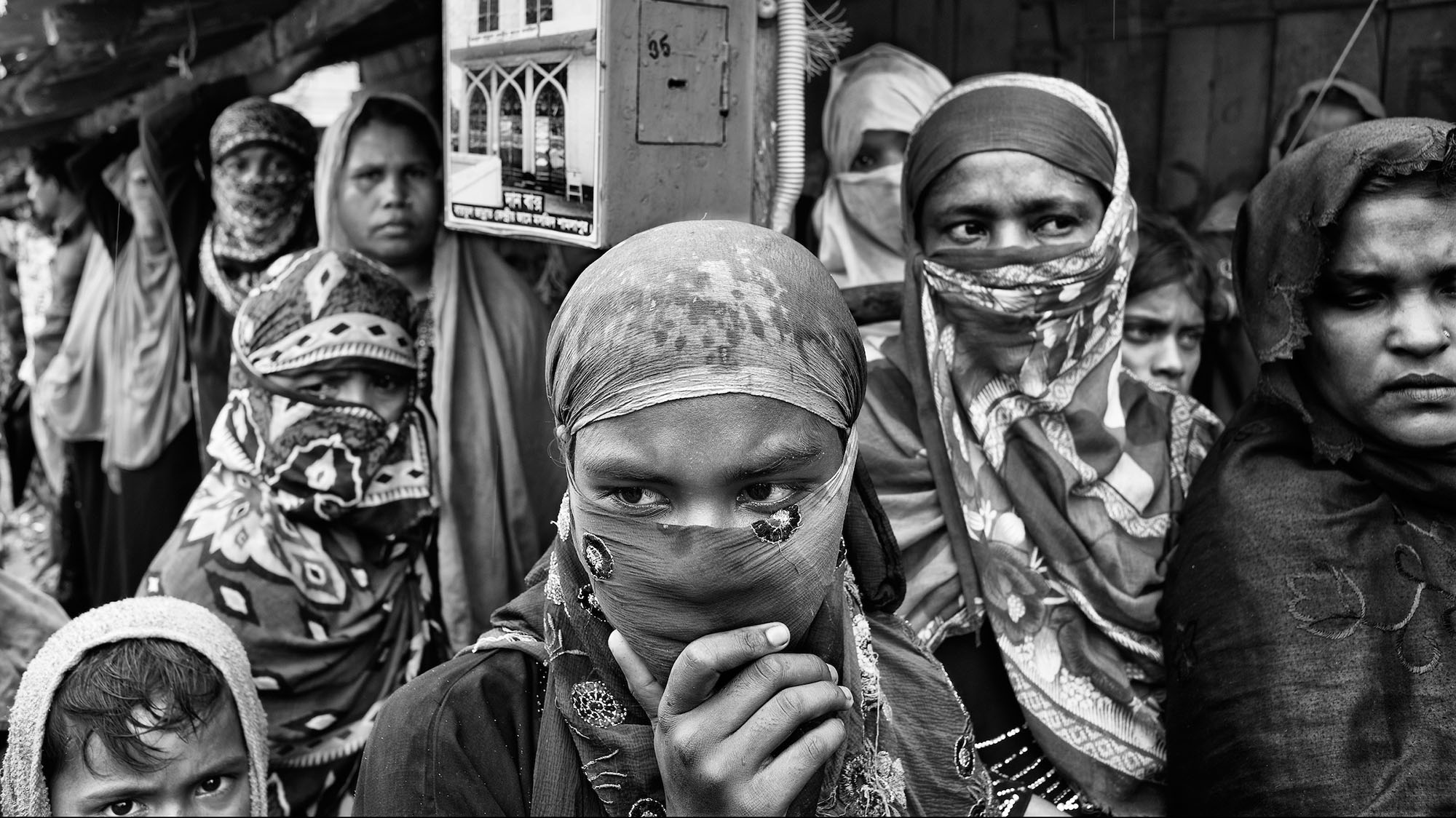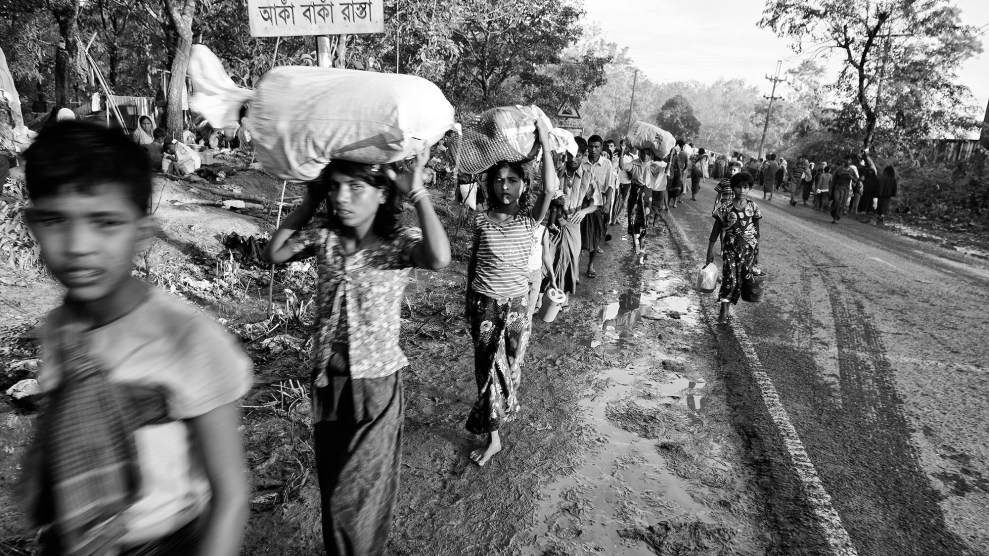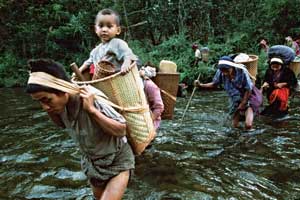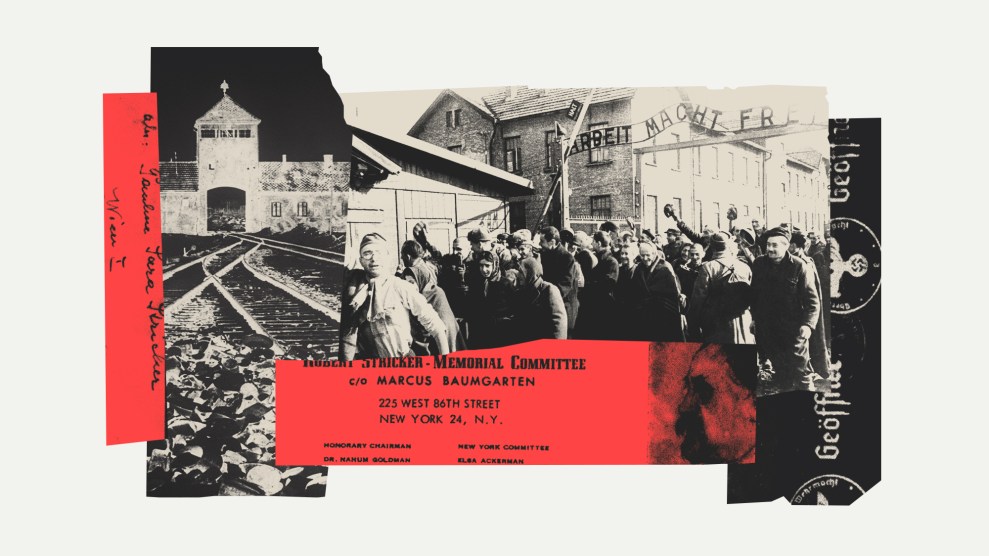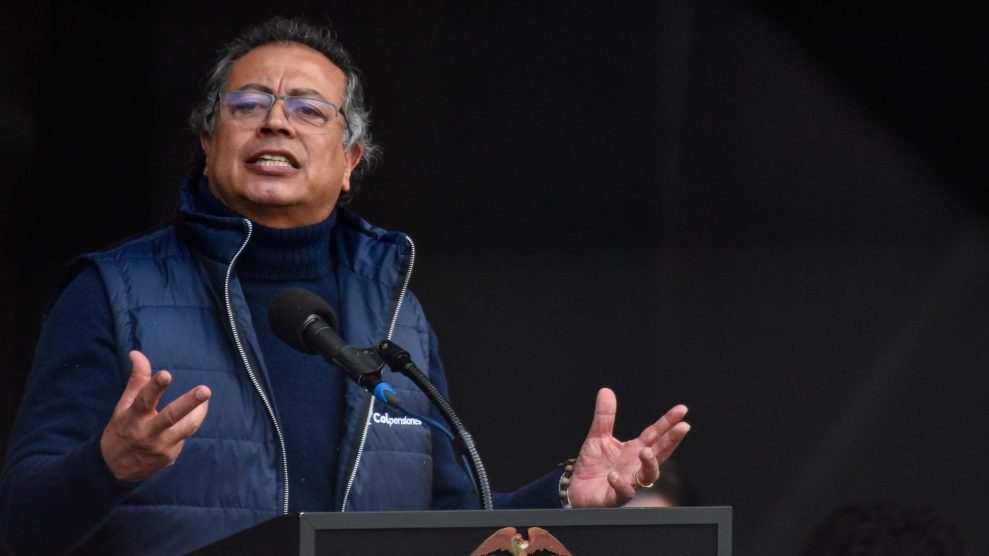In 2006, photojournalist Greg Constantine set out to Bangladesh to document Rohingya Muslims from Burma who had fled across the border after being pushed out of their homes. He returned many times over the next 10 years, creating the book Exiled to Nowhere: Burma’s Rohingya in 2012. He was subsequently blacklisted and deported from Burma in 2016 for his reporting.
With news of increasing atrocities against the Rohingya, Constantine returned to the border in mid-September, after the Burmese military launched a scorched-earth campaign against the Muslim minority that the United Nations has since described as “a textbook example of ethnic cleansing.” Over the past several weeks, about half a million people have fled their homes in Burma—the fastest exodus of refugees from a single country since before the Rwandan genocide. On Thursday, dozens of Rohingya refugees drowned off the coast of Bangladesh after their boat capsized in rough waters. Those traveling by foot also face the risk of landmines, which the Burmese military has been accused of planting in their path.
As tens of thousands of Rohingya cross into Bangladesh every day, refugee camps have swelled, with miles of makeshift shelters constructed of bamboo and plastic. Aid workers say most of the Rohingya there are pregnant women and mothers with babies and young children. Over the course of two weeks, Constantine photographed these sprawling border camps to document the harrowing stories of refugees who have lost everything and are now struggling to survive.
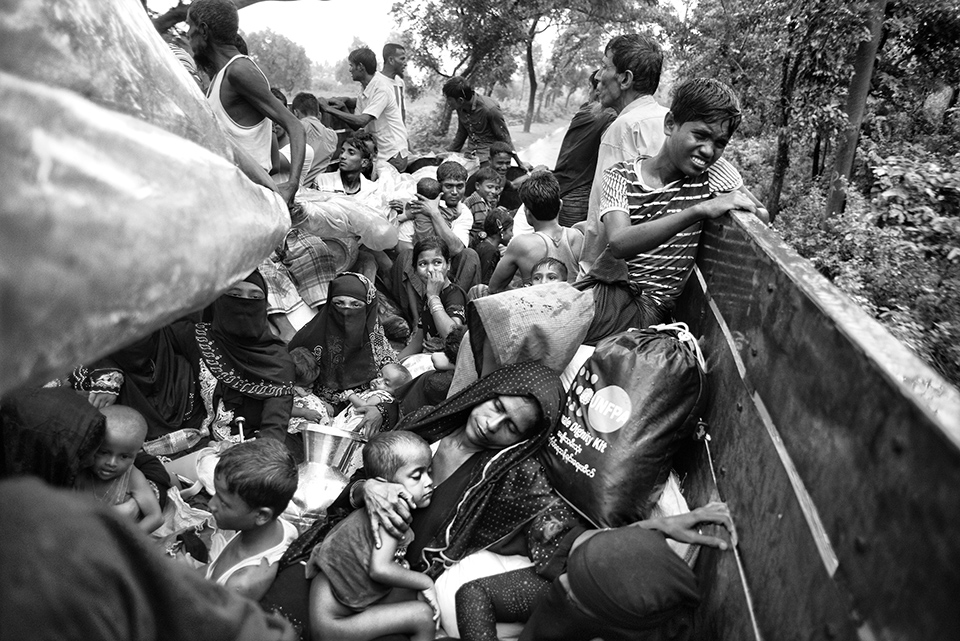
A group of Rohingya travel for two hours in the back of a truck from Shah Puri Dwip, Bangladesh, to one of the camps in Balukhali. They fled their village in Maungdaw, Burma, and crossed the Naf River into Bangladesh.
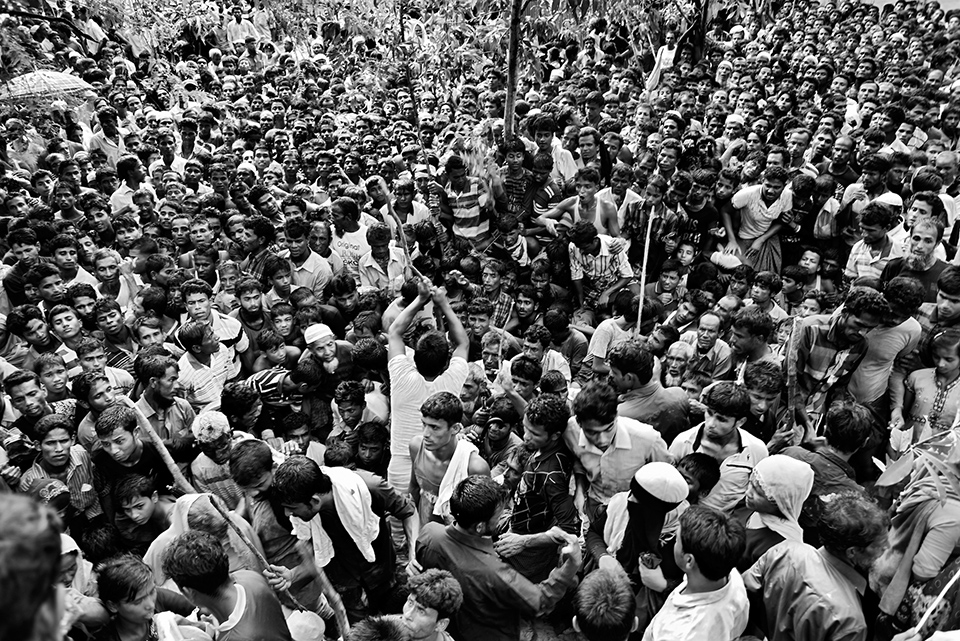
In Bangladesh, more than 1,000 Rohingya gravitate toward a truck filled with private donations of rice. The surge of refugees into Bangladesh has caused a humanitarian crisis, as aid workers struggle to feed and shelter the exodus.

Smoke rises into the air across the border in Burma, indicating that the Burmese military has launched a new clearance operation against a Rohingya village.
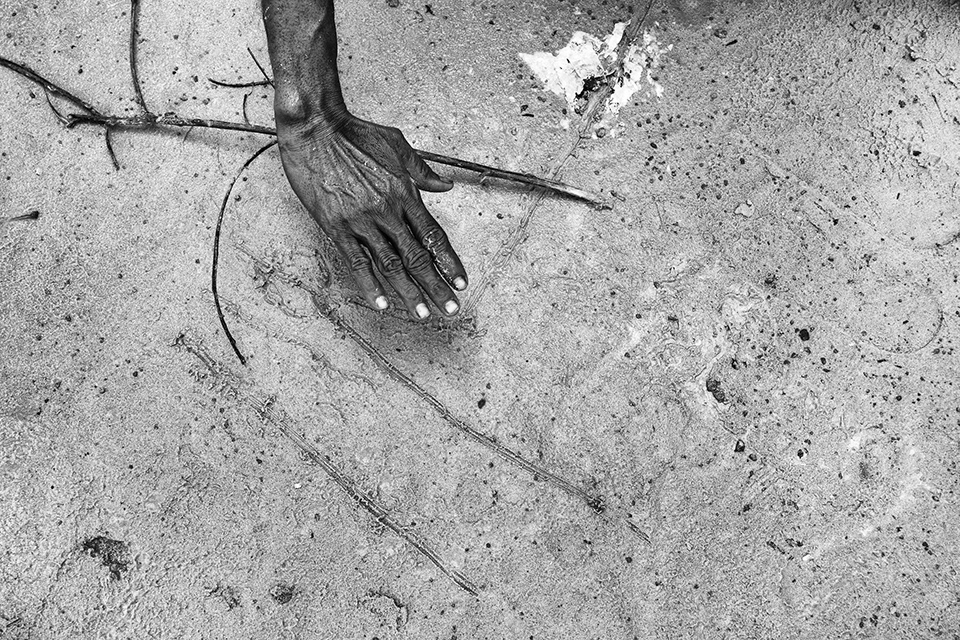
Sixty-year-old Noor Islam says ground troops and helicopters destroyed his village in Maungdaw Township on September 12. Drawing a map in the mud, he describes the attacks and the route he and his village took to reach Bangladesh.
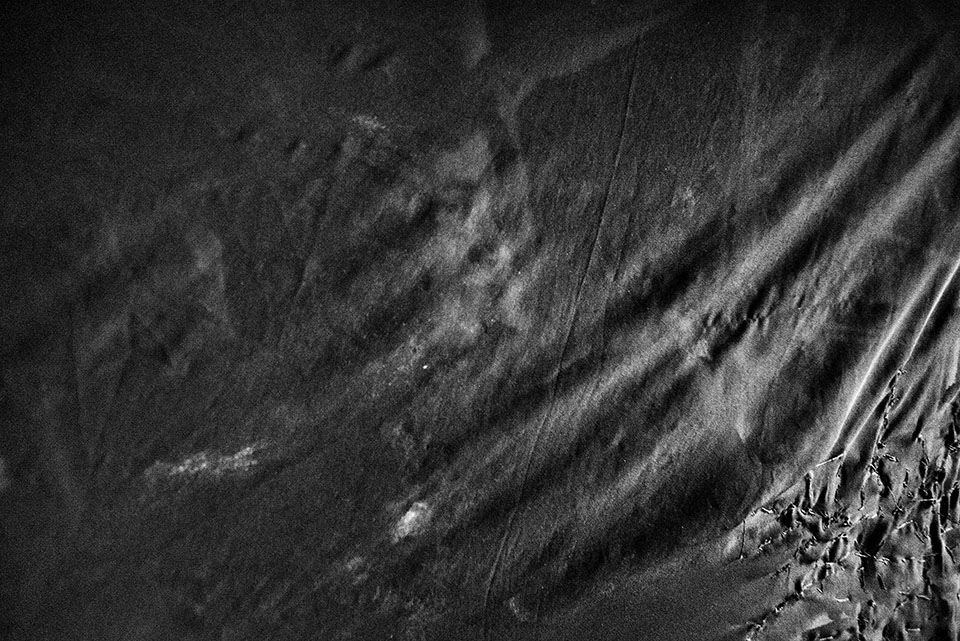
This 26-year-old woman was raped repeatedly by members of Burma’s Border Guard Police after her village in Maungdaw was attacked on September 1. She and three other young women from her village say they were raped by 15 BGP soldiers. They spent seven days walking through the hills and forest to get to Bangladesh.
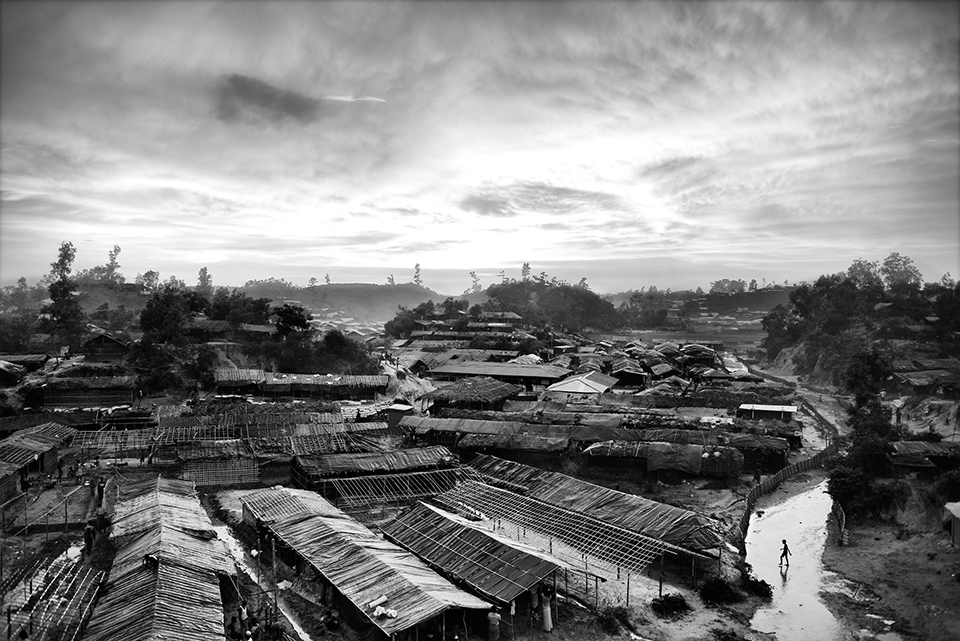
Balukhali refugee camp
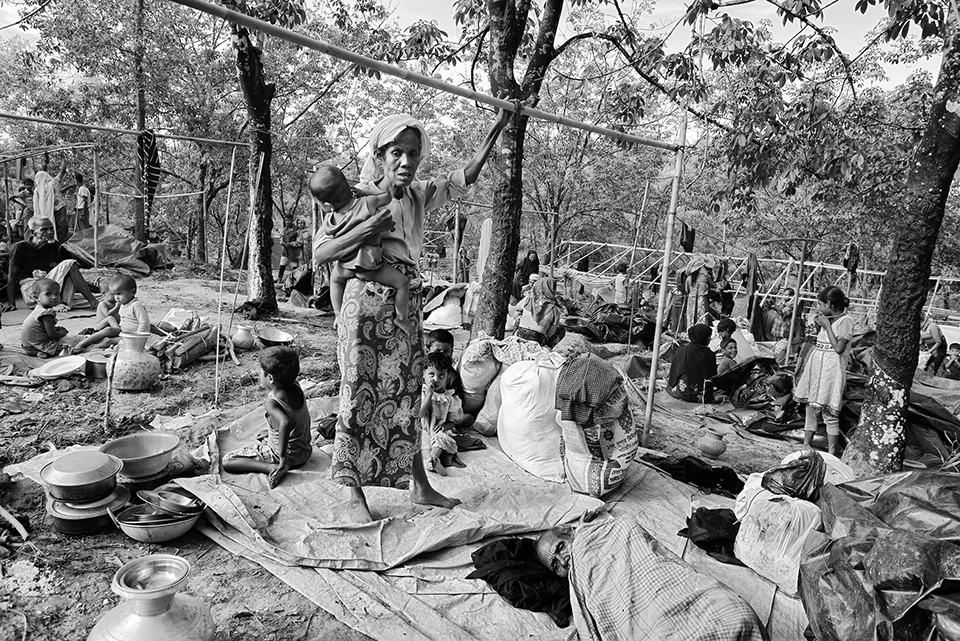
Rohingya dismantle their huts after Bangladesh border police force them to move to another location.
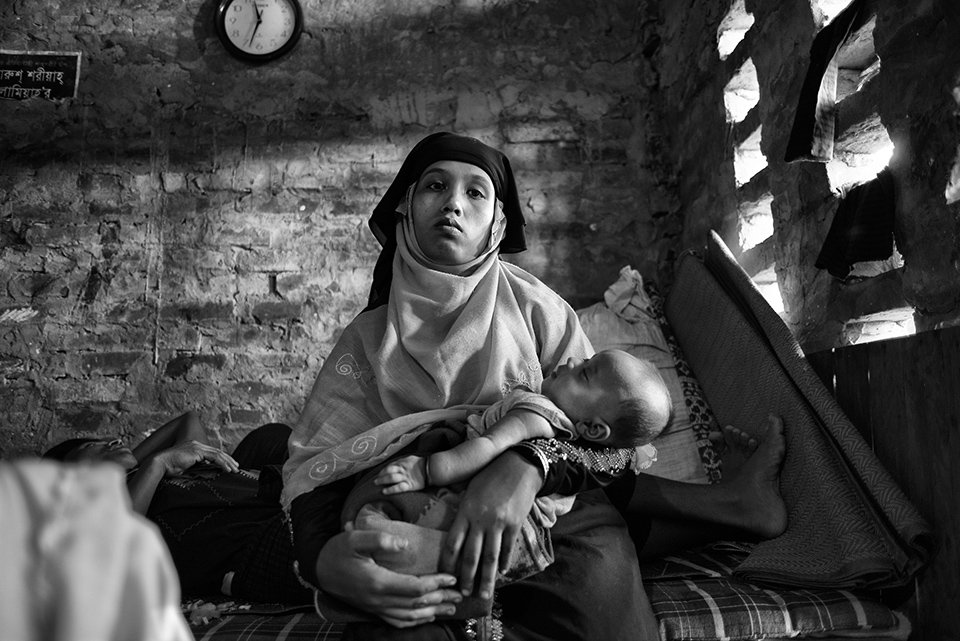
Sadeka, 15, holds her nephew in a mosque in Shah Puri Dwip. She is originally from Maungdaw, and she fled Burma along with her family on September 17 when their village was destroyed by Burmese soldiers.
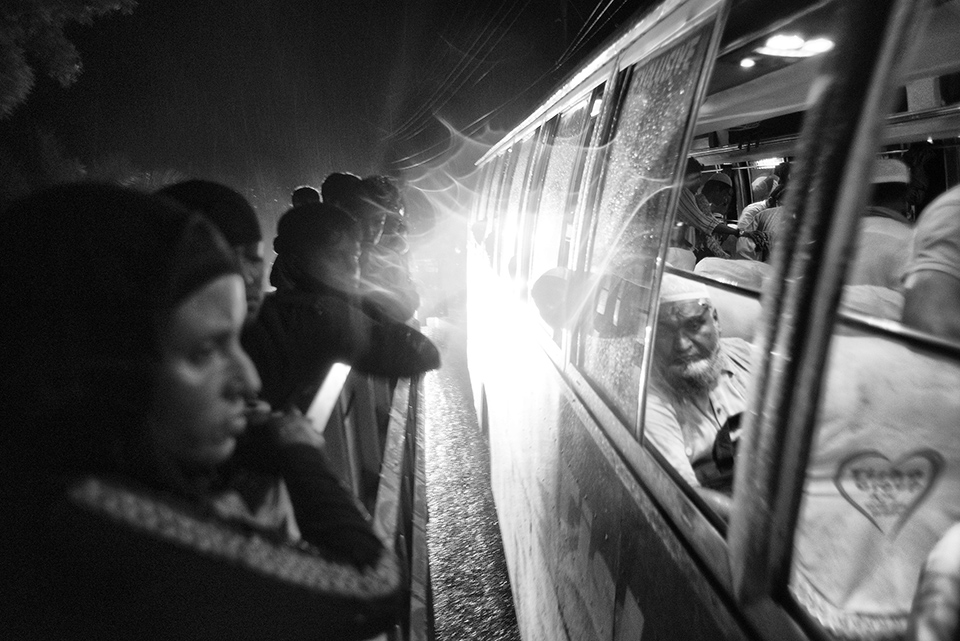
Rohingya refugees stand in the back of a truck and pass a local bus as they travel from Teknaf to the Balukahli refugee camp.
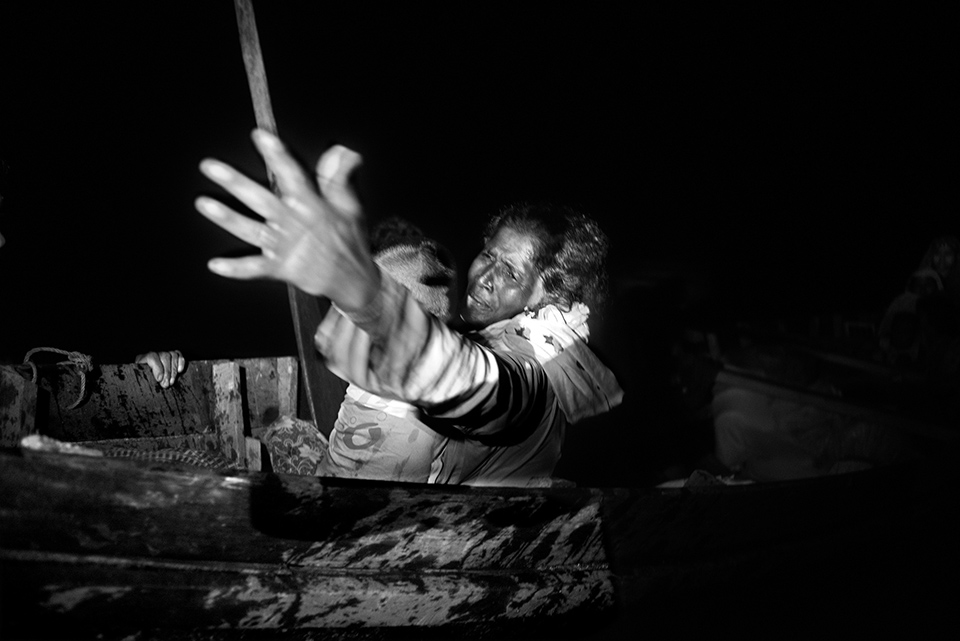
Under the cover of darkness, desperate Rohingya cross the Naf River in boats on the night of September 21. After their villages were destroyed in Buthiduang Township, the Rohingya spent days walking to the Naf River. The Burmese military’s campaign has destroyed almost half the Rohingya villages in the area of north Arakan State.
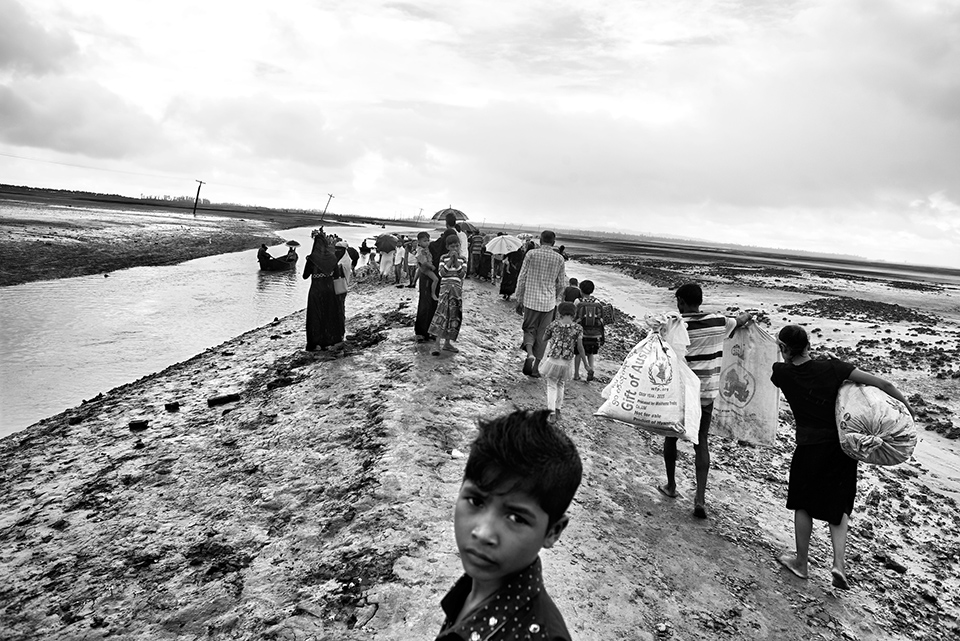
Newly arrived Rohingya families gather in Shah Puri Dwip and wait for small boats to take them to the mainland.
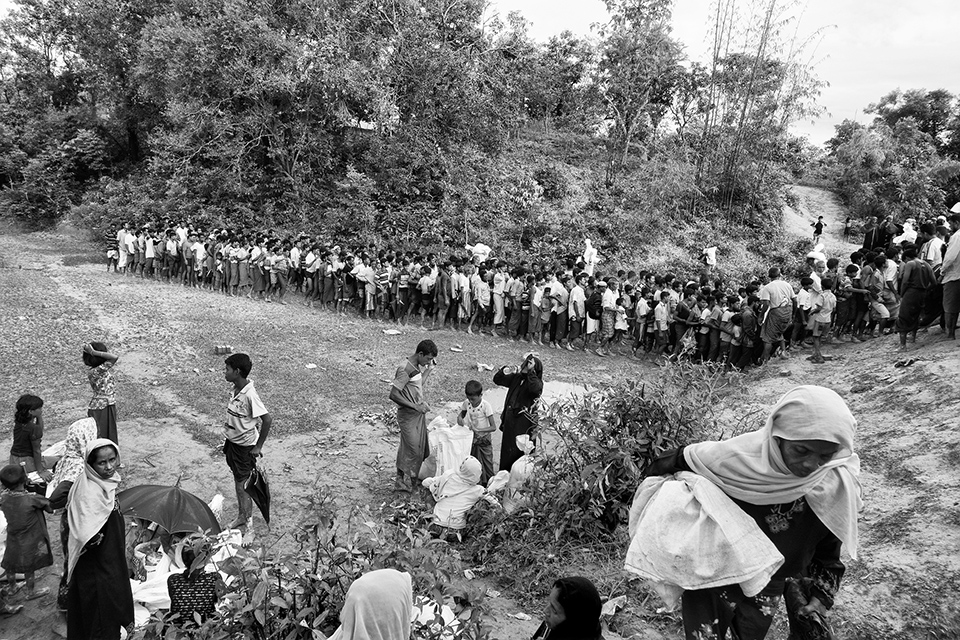
Rohingya men line up to receive food assistance.
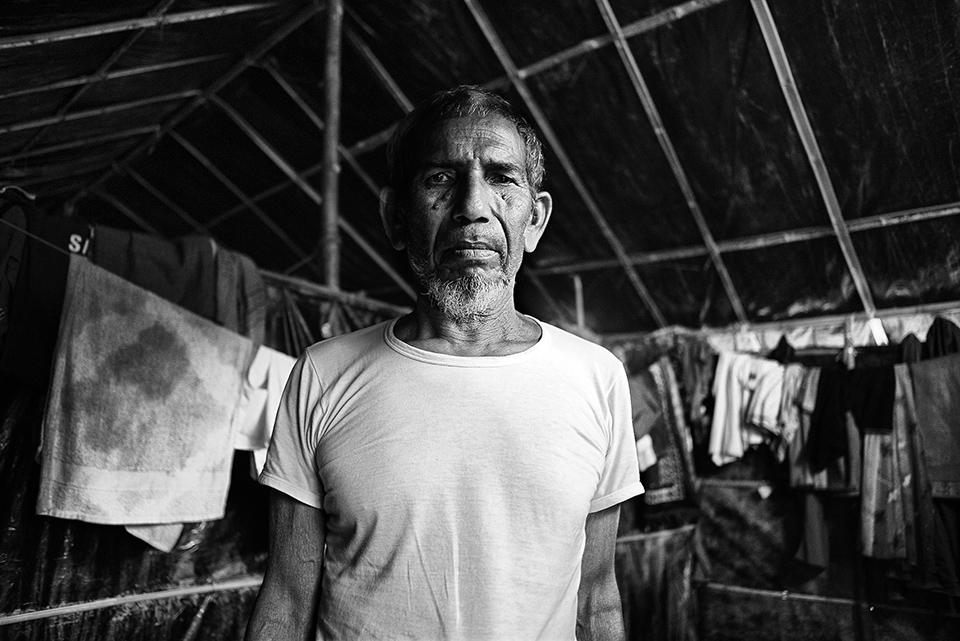
Nur Alam, 65, lost his 15-year-old son, Syed, when the boy stepped on a landmine planted in a field by the military. Syed and three others were out for the day grazing their family’s cows. “I carried my son’s body back to our village,” Nur Alam says. Later, his village would be destroyed.
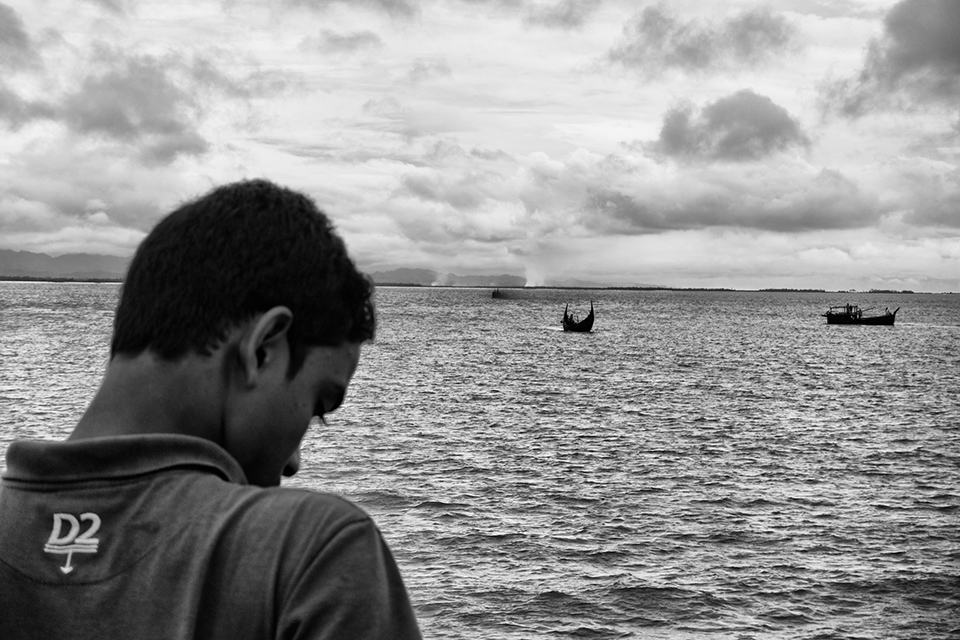
Fourteen-year-old Yasin stands on the jetty at Shah Puri Dwip in southern Bangaldesh, as smoke billows into the sky from burning villages across the Naf River in Burma. The Burmese military started a new clearance operation in Yasin’s village, Ah Shey, in September. Through satellite images, Human Rights Watch reports that more than 164 structures in Ah Shey were destroyed over the past two weeks. Amnesty International and Human Rights Watch estimate that half the Rohingya villages in north Arakan State have been destroyed.
This photo-essay was supported by the Simon-Skjodt Center for the Prevention of Genocide at the US Holocaust Memorial Museum.
